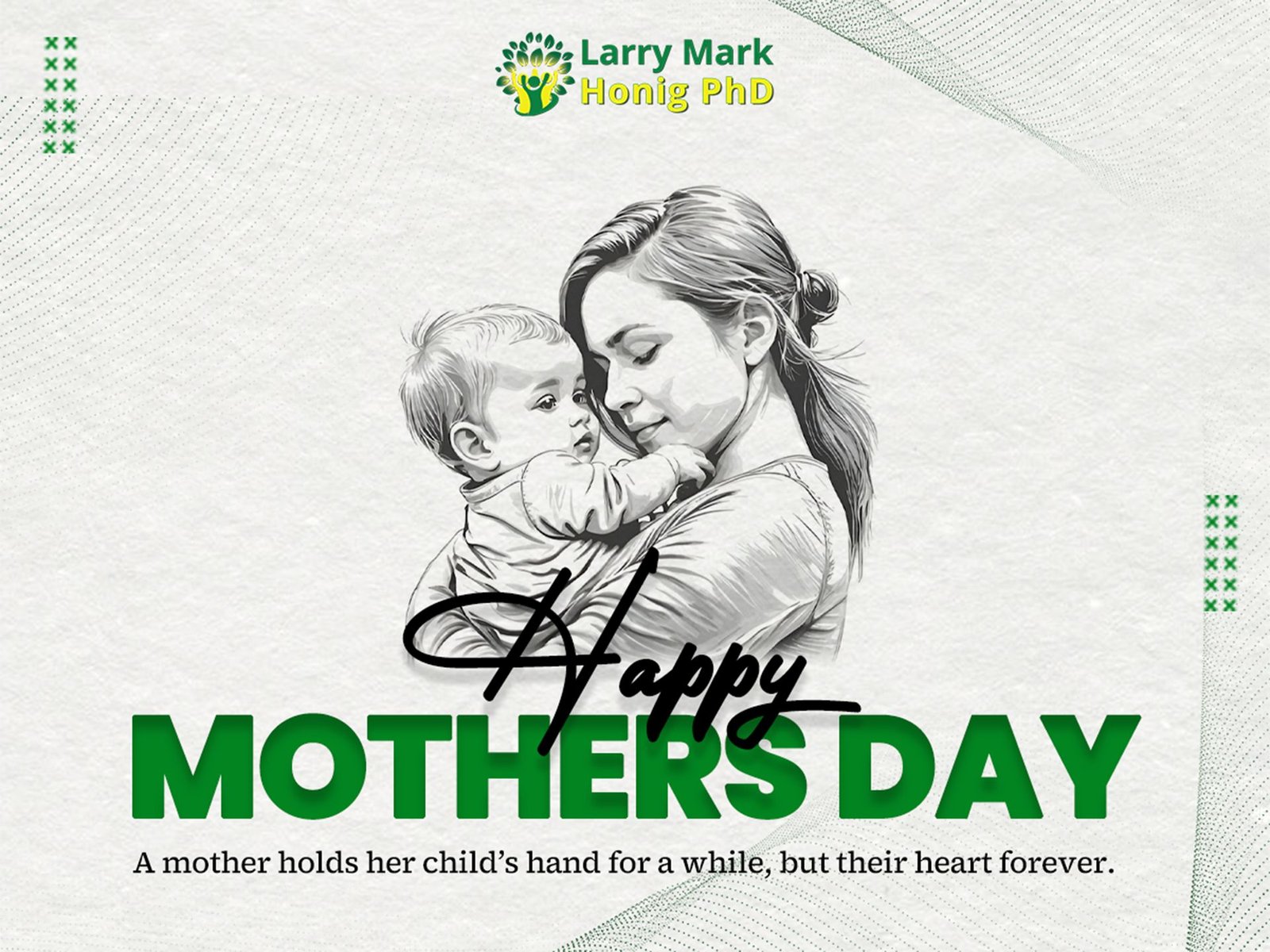Breaking the Cycle of Miscommunication: A Family Guide
Unclear communication can spark frustration and conflict, making family members feel misunderstood. Miscommunication often leaves lasting emotional scars, severely impacting relationships. Fortunately, there are effective ways to break this cycle, and one proven approach is through family counseling, which equips families with healthier, more productive communication tools.
“Communication works for those who work at it.” — John Powell
This powerful reminder underscores the importance of conscious, proactive efforts to improve how we speak and listen within our families.
Understanding the Role of Family Counseling
Within a family counseling setting, therapists help identify problematic communication patterns and highlight areas needing attention. By learning to express thoughts, feelings, and needs openly, families can create a more respectful and understanding atmosphere—one that fosters long-term trust and emotional security.
Benefits of Counseling
- Clearer Dialogue
Each member develops the confidence to speak honestly and listen attentively. - Stronger Connections
When everyone feels heard, emotional bonds deepen. - Healthier Dynamics
Families learn to resolve conflicts constructively, minimizing lingering resentments.
To explore how professional guidance can transform your family’s communication, visit our Services page for more information on family counseling options.
Common Sources of Misunderstanding
Misunderstandings frequently stem from how people interpret words or actions:
- Differing Perspectives
A parent’s advice may come across as criticism to a child. - Unspoken Expectations
Assumptions about chores, responsibilities, or schedules can lead to conflict. - Emotional Triggers
Past experiences may cause intense reactions to certain phrases or topics.
In counseling sessions, role-play scenarios often help family members step into each other’s shoes. This technique encourages empathy, reduces judgment, and paves the way for improved interactions.
Addressing Emotional Triggers
Emotional triggers lie at the heart of many communication breakdowns. By examining past hurts or anxiety-provoking situations, families gain insight into why certain words or behaviors provoke strong emotional responses. Recognizing these triggers helps family members respond compassionately, reducing the intensity of future conflicts.
Practical Communication Techniques
Active Listening
Therapists commonly teach active listening, which involves:
- Allowing one person to speak without interruption.
- Paraphrasing their message to ensure clarity.
- Validating the speaker’s feelings.
This process ensures everyone feels heard and significantly reduces misunderstandings.
Regular Family Meetings
Setting aside dedicated time for open conversations can prevent issues from escalating. These meetings can involve:
- Discussing Feelings
Offering a safe space to share joys, frustrations, or worries. - Addressing Concerns
Resolving small problems before they become bigger issues. - Celebrating Achievements
Recognizing milestones, successes, or personal growth. - Strengthening Bonds
Demonstrating unity and collective problem-solving.
Taking the Next Step
Effective communication within families requires consistent effort and open-mindedness from every member. Family counseling offers targeted strategies to encourage healthier dialogue, including setting boundaries, practicing empathy, and adapting to one another’s communication styles.
Additional Resources
- National Institute of Mental Health – Guides on family dynamics and mental wellness
- American Psychological Association – Research-based strategies for clearer, healthier communication
Final Thoughts
Remember: Breaking the Cycle of Miscommunication often starts with small changes, like dedicating time to listen actively or setting up a regular family meeting. While the path may involve patience and practice, the rewards—stronger relationships, reduced conflicts, and a more supportive home—are well worth the effort.
The journey to better family communication begins with a single, mindful conversation.







